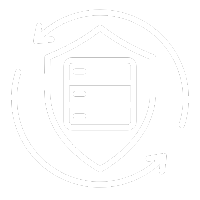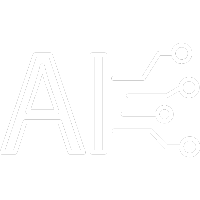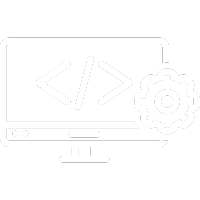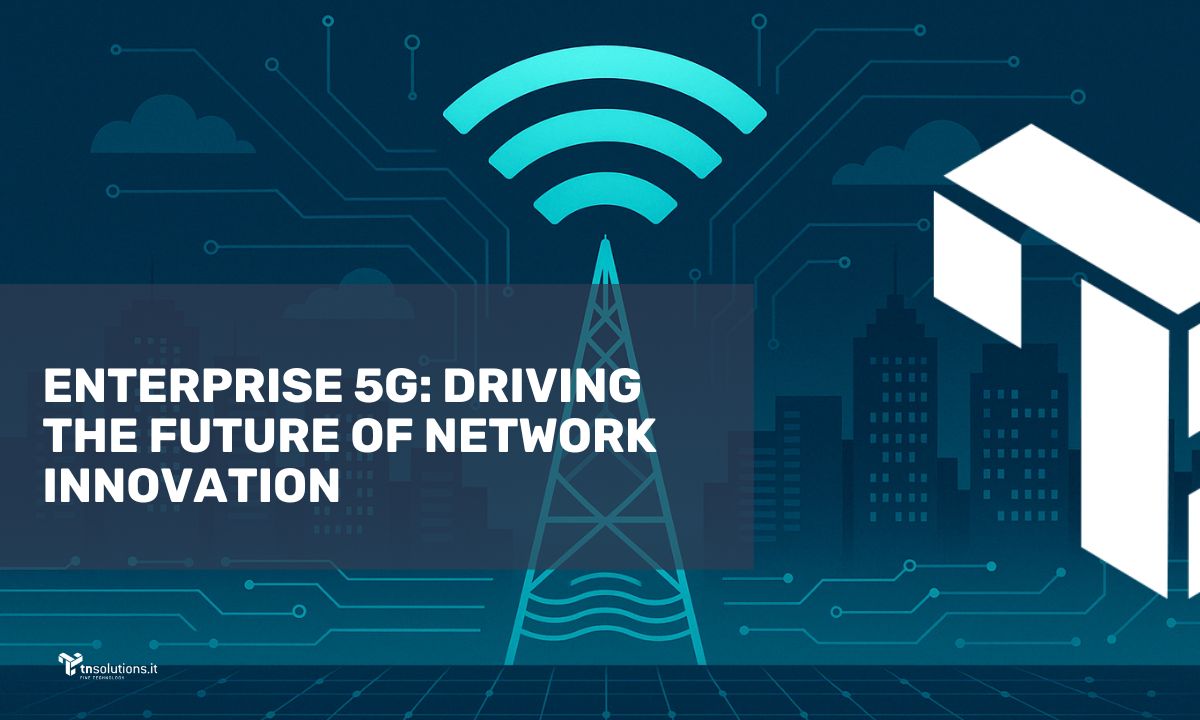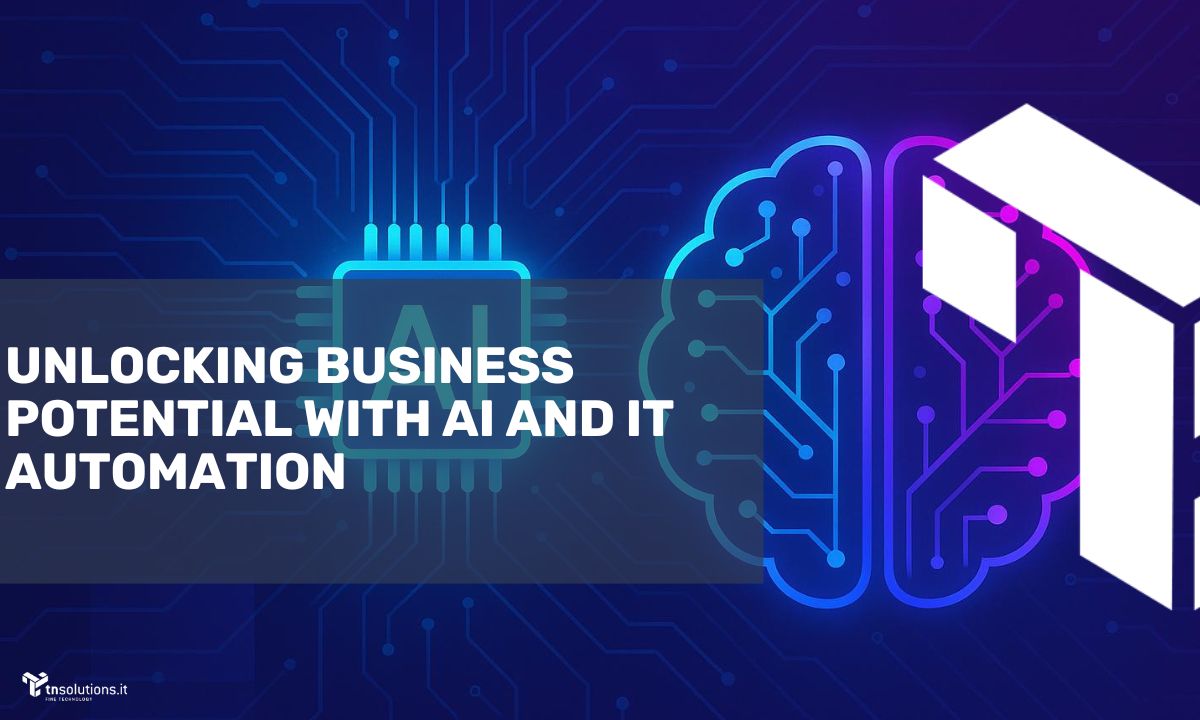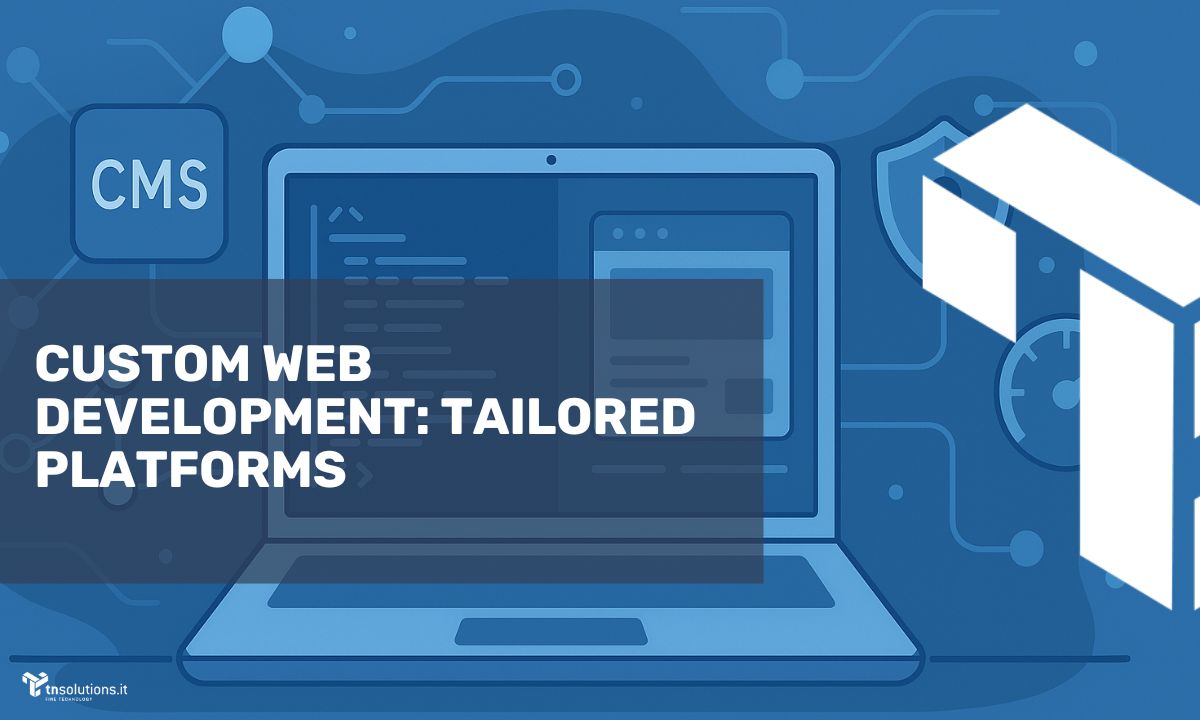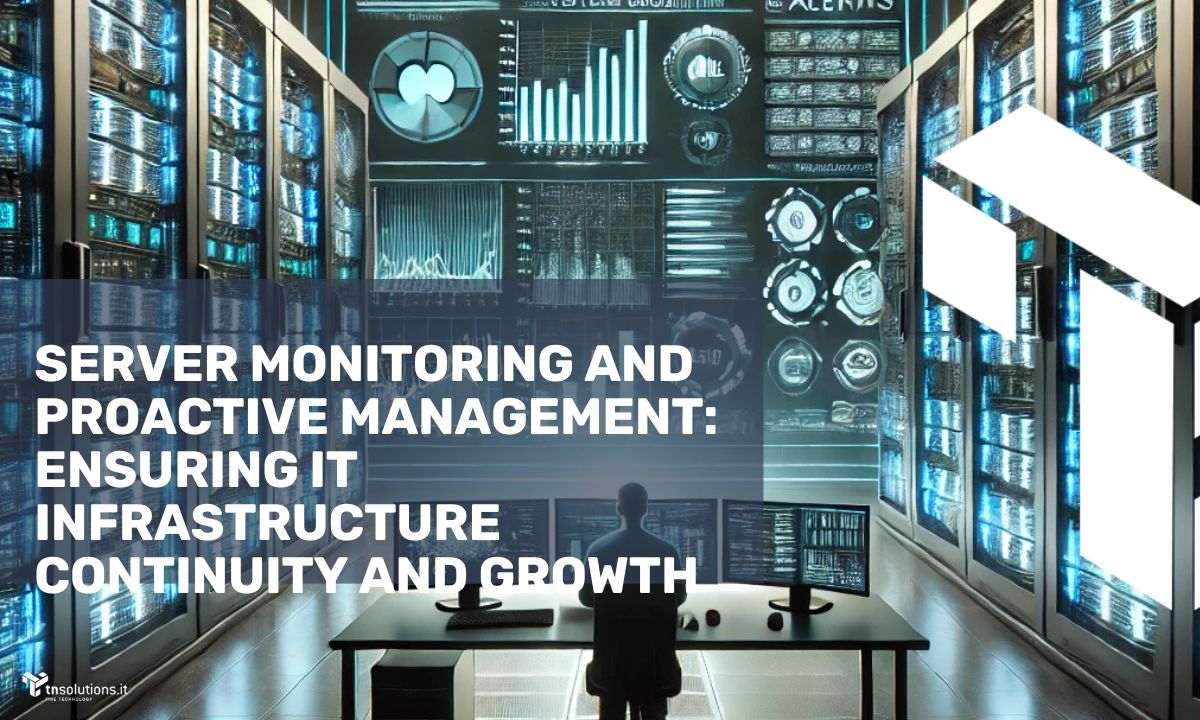
- Server Management: Fundamentals and Essential Practices
- The Importance of Proactivity
- Real-Time Monitoring: Benefits and Tools
- Alert Thresholds and System Notifications
- Minimizing Downtime: Why It Matters
- Disaster Recovery Strategy
- Traffic Control and Performance Management
- Advanced Monitoring Tools
- Automated System Alerts and Interventions
- Scalability, Flexibility, and Growth
- Final Thoughts: The Future of Server Monitoring
The monitoring and proactive management of servers is a fundamental aspect of ensuring service continuity and the expansion of an IT infrastructure. With the constant evolution of technology, increasing workloads, and rising user expectations, organizations can no longer afford a superficial supervision of resources. This is where server monitoring comes into play—a set of procedures and tools that provide real-time visibility into the health of machines, helping to prevent costly downtime and improve overall service quality.
The larger and more complex an infrastructure becomes, the more essential it is to adopt a systematic management approach. Shifting from a reactive to a proactive approach means implementing solutions that continuously analyze performance, highlighting potential issues before they escalate into serious problems. If a server fails to deliver a critical service, the entire organization may suffer financial and reputational damage, not to mention the impact on customers.
Server Management: Fundamentals and Essential Practices
Managing a server goes beyond just installation and initial configuration—it involves a series of ongoing activities throughout the system’s lifecycle:
1. Regular Maintenance and Updates
- Keeping the operating system and software up to date is crucial for security and stability.
- Security patches not only fix vulnerabilities but often improve overall performance.
2. Backup and Recovery
- A well-defined backup and disaster recovery plan is essential to prevent irreversible data loss.
- Critical environments utilize differential, incremental, or snapshot backup strategies, often with off-site storage.
3. Proper Resource Allocation
- Each server should have the appropriate hardware and software resources for its workload.
- Avoiding overprovisioning or underprovisioning prevents instability and unnecessary management costs.
4. Security and Log Monitoring
- Preventing cyberattacks involves analyzing system and network logs for unusual patterns or intrusion attempts.
A holistic approach to server management integrates all these aspects to strengthen infrastructure resilience. The goal is to ensure each machine is optimized and ready to handle workload demands, avoiding slowdowns and bottlenecks.
The Importance of Proactivity
Being proactive means addressing issues before they become critical. This is achieved through monitoring strategies and predictive analysis that leverage historical data and usage metrics to anticipate potential failures.
For example, continuous monitoring of disk usage allows administrators to receive an alert if free space drops below a critical threshold, preventing system crashes.
A proactive approach also helps detect hardware issues (e.g., a failing hard drive) or software problems (e.g., critical bugs) in advance. This translates into higher service quality and a significant reduction in intervention costs.
Real-Time Monitoring: Benefits and Tools
Real-time monitoring enables the continuous analysis of CPU performance, memory usage, bandwidth, and other key parameters, providing immediate alerts when anomalies occur. This approach offers several benefits:
1. Fast Response to Issues
- If a server starts lagging, a well-configured alert system allows immediate action, restoring full functionality and avoiding prolonged downtime.
2. Resource Optimization
- Knowing exactly how many resources are being used enables proper workload distribution, preventing energy waste and underutilized hardware.
3. Dynamic Scalability
- With continuous server monitoring, vertical or horizontal scaling can be adjusted based on real-time needs, maintaining high performance without overloading systems.
4. Long-Term Planning
- Collected metrics provide valuable historical data for planning hardware upgrades, migrations, or architectural changes.
Alert Thresholds and System Notifications
Defining precise alert thresholds for CPU load, RAM usage, storage levels, and network performance is essential. When these thresholds are exceeded—or unexpectedly drop (inverse anomalies)—the alert system notifies IT administrators.
Key Aspects of Alert Configuration:
– Alerts can be sent via email, SMS, or integrations with messaging tools (Slack, Microsoft Teams, etc.).
– A well-configured system reduces false positives, preventing unnecessary notifications.
– Multiple alert levels should be set: warning alerts for minor issues and critical alerts for immediate intervention.
Minimizing Downtime: Why It Matters
In IT infrastructure, downtime leads to both direct and indirect costs for businesses. Even a few minutes of server failure can result in:
- Loss of sales and business opportunities.
- Reputational damage (especially if customers experience service access errors).
- Increased operational costs due to emergency interventions.
Reducing downtime requires a structured server monitoring system, incorporating failover plans, redundancy for critical components, and regular resilience testing.
Disaster Recovery Strategy
A robust disaster recovery strategy includes procedures for restoring operations as quickly as possible in case of:
- Hardware failures (e.g., disk or power supply issues).
- Cyberattacks (e.g., DDoS, ransomware).
- Natural disasters or power outages.
Proactive monitoring supports disaster recovery by providing precise resource status data, enabling quick migration to backup servers or alternative resources.
Traffic Control and Performance Management
For continuous optimization, implementing traffic control and performance management is crucial. These factors directly impact service quality and rely on real-time monitoring data.
1. Traffic Control
- Manages incoming and outgoing data flow for a server or cluster.
- Helps detect spikes and DoS attacks by analyzing network protocols and packets.
- Enables load balancing, distributing traffic evenly across multiple servers.
2. Performance Management
- Focuses on improving response times and system stability.
- Includes server configuration tuning, network latency reduction, and application performance enhancement.
Advanced Monitoring Tools
Several open-source and commercial tools allow real-time server monitoring and offer detailed metrics and log analysis.
Key Features of Monitoring Tools:
– Unified dashboards to monitor multiple servers from a single console.
– Customizable alert systems to automate responses based on predefined thresholds.
– Real-time log analysis to detect error messages or unusual activity spikes.
– Auto-scaling functionality to dynamically adjust computing resources.
With these tools, performance management becomes a continuous process of analysis and optimization, ensuring stable and efficient IT infrastructure.
Automated System Alerts and Interventions
An effective alert system should go beyond simple notifications—it should trigger automated interventions, such as:
– Running maintenance scripts.
– Temporarily disabling problematic components.
– Initiating scaling procedures to add computing power when needed.
This reduces response times and minimizes human error, allowing IT teams to focus on higher-level strategic tasks.
Scalability, Flexibility, and Growth
An efficient monitoring system enables flexible scaling. If a company launches a new product or a marketing campaign that increases traffic, the server monitoring system detects the surge in demand and automatically adjusts resources.
During low-traffic periods, resources can be reduced to cut costs. Integrated with cloud-based architectures, this orchestration strategy ensures high availability, top performance, and cost efficiency.

Final Thoughts: The Future of Server Monitoring
Server monitoring is not just about checking resources—it’s a continuous process of optimization and prevention. By implementing proactive strategies, performance tuning, and automated responses, businesses can ensure maximum uptime and efficiency while significantly reducing downtime-related costs.
Investing in advanced server monitoring tools and automation is a long-term strategic move that guarantees security, operational cost savings, and a better user experience. In a world where information moves at lightning speed, staying ahead of server performance issues is not optional—it’s essential.

